What is a lead magnet?
Lead magnets are resources or perks intended to attract potential leads and capture their contact information.
For successful lead-generating content, you need to think about what kind of customers you want and what they need. The most effective methods are to solve problems, share expertise or to save leads money.
Best practices for lead magnets
If you do use a lead magnet to capture email subscribers, it’s essential you deliver on your promise immediately. Especially if you’ve promised content or a deal. So, we’d recommend sending this in your welcome email.
An effective lead magnet also needs a strong CTA, so you’ll need to know how to write a call-to-action that converts. Let prospects know how they’ll benefit directly from your offer, or they may not be willing to hand over their email.
And finally, you’ll want to optimize your lead form as much as you can. You don’t want any friction decreasing the number of people who convert.
Give people a peek behind the curtain using lead magnets
If you’re selling a product or service, one of the best ways to persuade people to buy or subscribe is to create a lead magnet that showcases your product.
1. Free trials
If you’re a SaaS organization, one of the easiest ways to generate subscriptions is to offer a free trial of your software.
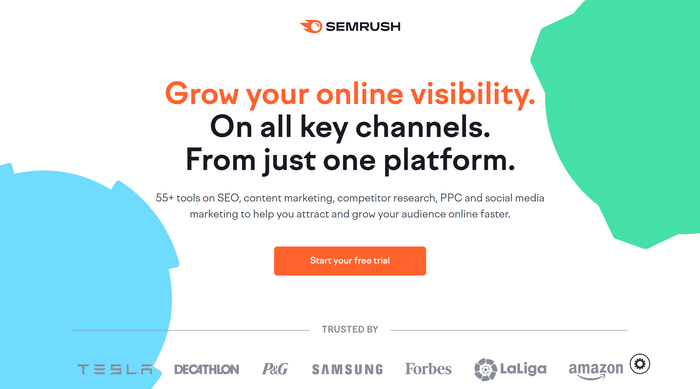
You don’t have to hand over your whole tool to subscribers, but make sure you’re providing enough value for time.
We’ve found that 14 days works well for our users, giving them enough time to create projects, share them and analyze their results.
2. Product demos
Product demos are a great way of showcasing your tool to users and for collecting lead information.
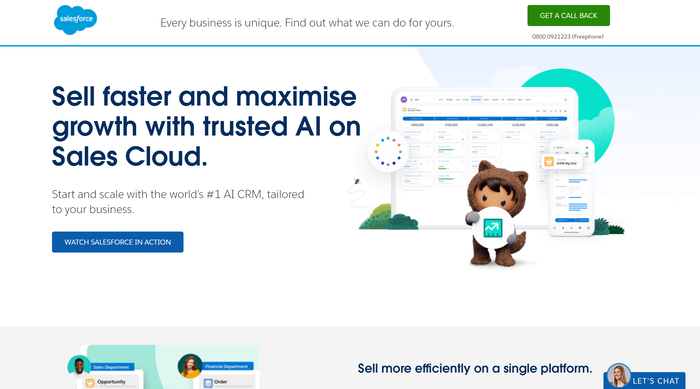
Your product demo could be a step-by-step video walkthrough of your tool, a live video chat, or even a demo version of your tool behind a lead page.
3. Freemium products
Freemium products usually offer a limited set of features for basic usage, which encourages users to move to a paid plan.
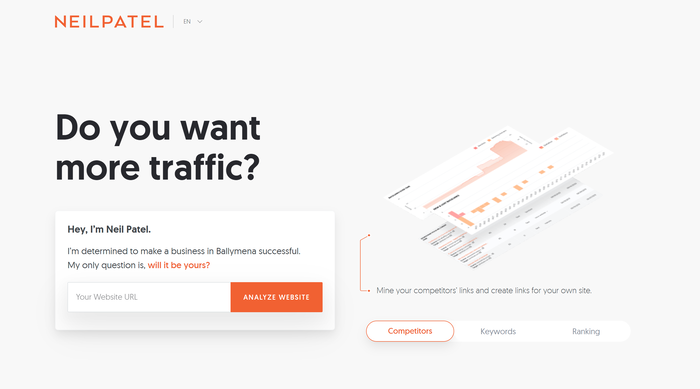
Neil Patel offers a range of free tools, including Ubersuggest. You are capped after a certain number of uses, at which point you can upgrade to continue.
This method is often used for converting leads. Alternatively, you could
Provide valuable content with lead magnets
If you don’t have a pre-built tool or don’t have the time or resources to build one, you can draw prospects in with some top-notch content instead.
Content-based lead magnets work as they not only provide value but also position you as an expert in your field.
4. Content upgrades
A content upgrade is a strategy that involves offering a sneak peek of your content to your leads, and in return, you ask for their email address to provide them with the full version.
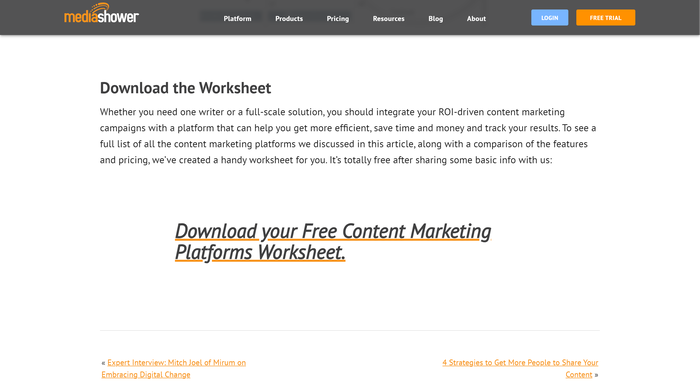
This approach is particularly effective when applied to articles like “10 Top Tips” or “How-To” guides. Reading the initial part of the content naturally piques the reader’s interest and motivates them to seek access to the complete version.
You can implement this by either offering a download to those who subscribe or by delivering the second half of the content directly in your welcome email.
5. Ebooks
Ebooks provide potential readers with a comprehensive learning opportunity and a solution to their specific problem or task at hand.
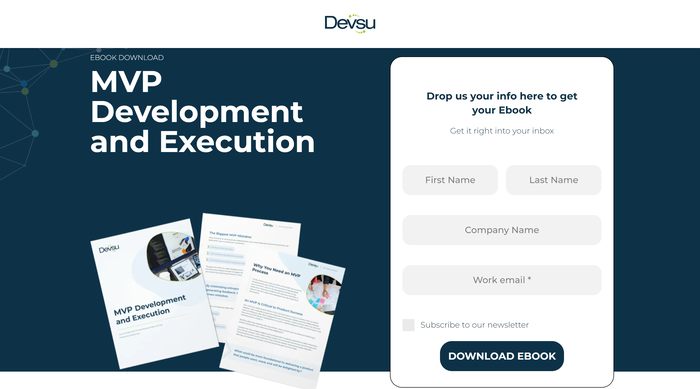
Moreover, they serve as a powerful showcase of your expertise, not only for the visitors to your website but also for potential leads. This, in turn, plays a crucial role in establishing trust with your audience.
If you have a sequence of interconnected blog posts, you’re essentially on your way to creating an Ebook.
6. Whitepapers
Craft a whitepaper that addresses a relevant and pressing issue in your industry. Make sure it provides valuable insights, data, or solutions that are not readily available elsewhere. This positions your brand as an authority.
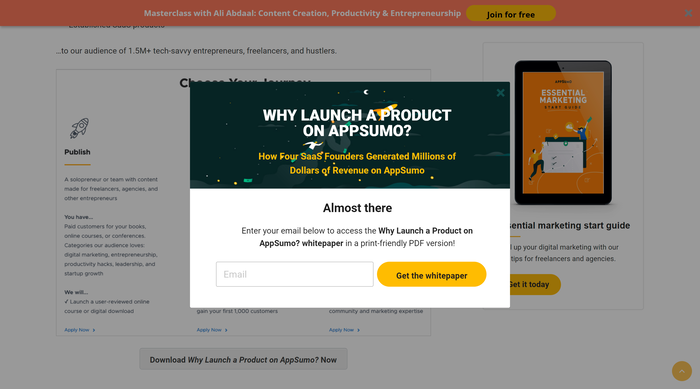
Create a dedicated landing page on your website where visitors can access the whitepaper. This page should clearly convey the benefits of downloading the whitepaper and include a strong call-to-action (CTA).
To access the whitepaper, users need to fill out a lead capture form. Typically, this form will ask for their name, email address, and possibly additional information relevant to your business.
7. Case studies
Case studies showcase real-world examples of how your product or service has helped others achieve success.
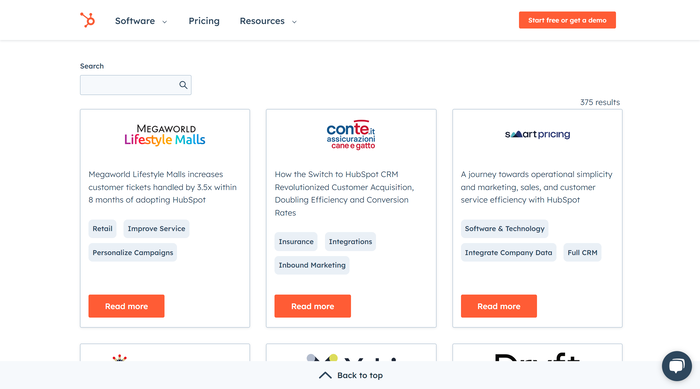
Highlight the specific challenges they faced, the solutions you provided, and the positive outcomes they achieved. These compelling narratives can resonate with potential customers facing similar issues.
Summarize this on a landing page and then collect lead information in return for these case studies.
8. Checklists
Checklists consist of a list of bullet points or tasks that walk prospects through a step-by-step process of achieving their goal.
Each step in your checklist should be an actionable task for readers, something they can mark as done once they’ve completed it.
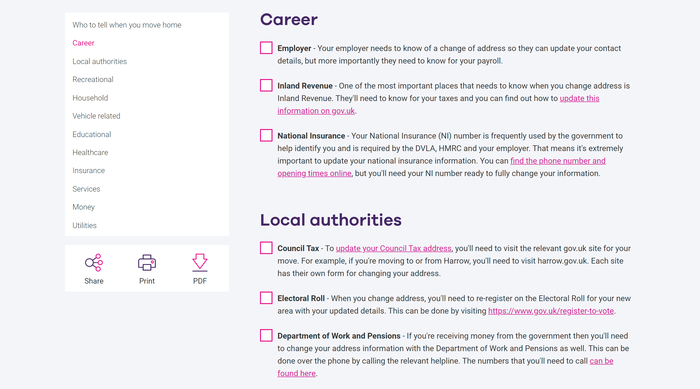
The best thing about checklists is they can be created from a variety of resources you’ve likely already created. For example, “How to…” blog posts are begging to be turned into a checklist.
A live example is from Really Moving, which is a checklist of who to tell about your change of address when you move.
9. Expert advice
Offering some personalized advice for prospects is an effective method of capturing leads. Not only does it demonstrate your authority on a topic, it also solves a problem for leads.
The most common example for this type of lead magnet would be to provide a free consultation.
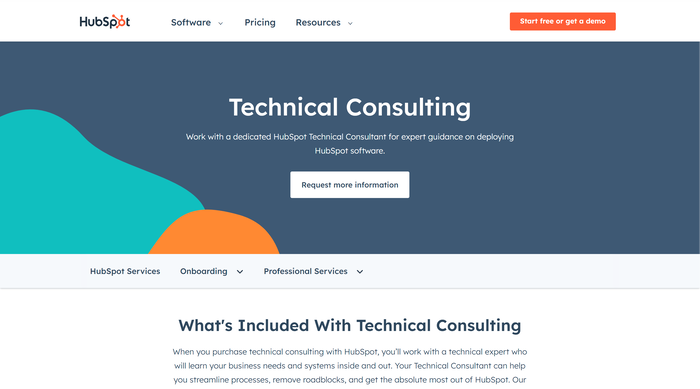
Anything that can provide value and showcase how much you’re willing to do for leads.
10. Surveys
Surveys engage your audience and encourage interaction. People like to share their opinions and provide feedback. When you ask for their input, they are more likely to participate.
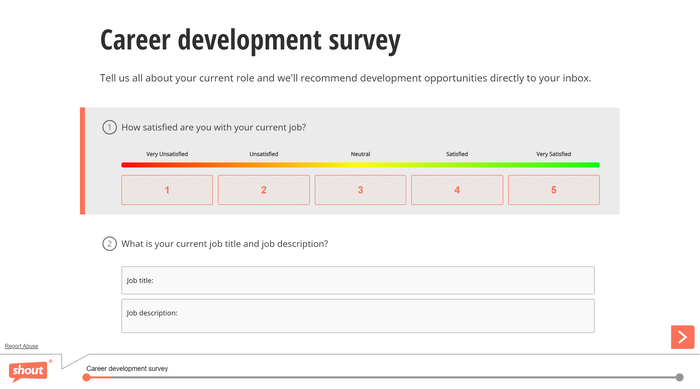
They can also help you gather valuable information about your audience’s preferences, pain points, and needs. This data can be used to better tailor your marketing efforts and product/service offerings.
A problem you may find is that it can be difficult to inspire a huge amount of engagement with a survey.
But, there are plenty of ways you can increase survey response rates to maximize lead generation.
11. Quizzes
Like surveys, lead capture quizzes can help you collect valuable data whilst also encouraging user participation. They also have the benefit of engaging your audiences and keeping them on your website longer, which decreases bounce rates.
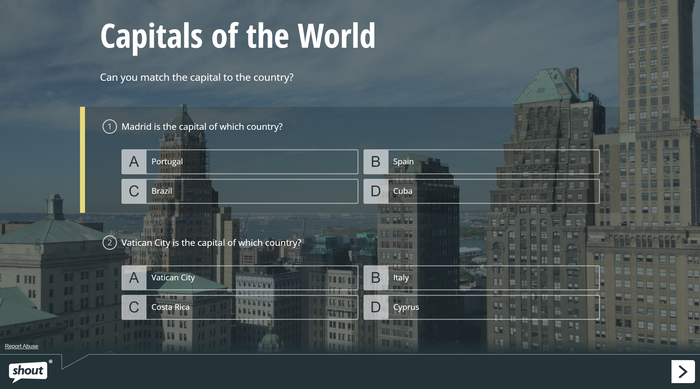
The best part is that you can email gate quizzes, requiring quiz takers to enter contact information before results are displayed.
12. Calculators
Custom calculators can serve as highly effective lead magnets by providing valuable tools that solve specific problems or answer critical questions for your target audience.
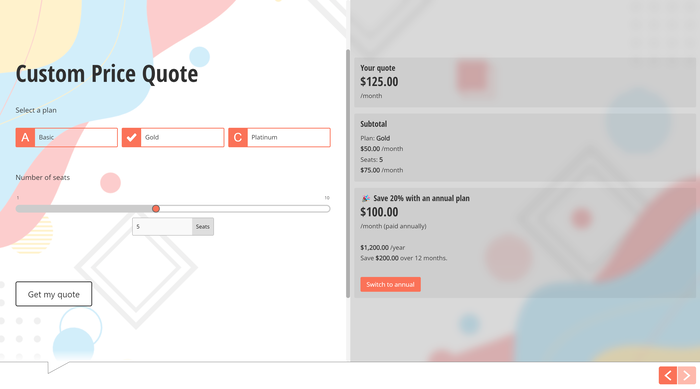
They offer a hands-on and interactive experience, and can encourage users to provide their contact information in exchange for access or results.
One of the most common examples would be a custom price quote calculator, which are perfect for qualified leads.
13. Video series and webinars
Creating a video series or a webinar course is a great way to both persuade prospects to subscribe and to keep them coming back in future emails.
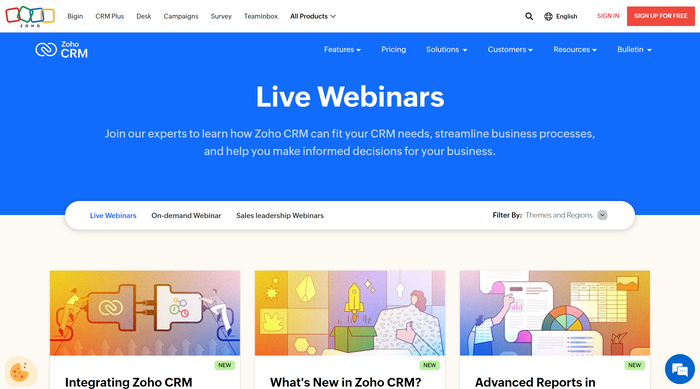
This way you aren’t just offering a single piece of content, but a whole email course as a lead magnet.
That’s the whole point, isn’t it? To create content that subscribers want to see more of.
And if you can start that process with the lead magnet, then your audience already knows what value you’re providing immediately.
Lead magnets that save prospects money
Using lead magnets with monetary value is a popular way to generate leads. And for good reason: the exchange provides a clear and immediate benefit for prospects.
14. Free shipping or discount codes
When you offer free shipping for a product or a discount on your price in exchange for an email subscription, the value is clear for prospects. So, you have to do very little work.
The only effort on your part here is to calculate how much money you can afford to “lose” in order to capture email addresses.
As email marketing has such a high conversion rate (when done well), you’re likely to make this money back from your list in the future. But, if you’ve already sold something to capture this information, you will need another product/ plan/ feature to upsell in the future.
What we’re saying here is, don’t put all your eggs in one basket. Save something to pitch your audience later on.
15. Competitions or giveaways
Prospects may be more willing to subscribe to your email list if there’s a prize up for grabs. Just ask them to subscribe for a chance at winning a prize, that’s all there is.
Just make sure your prize is tailored for the type of audience you want to attract. For example, if you run a SaaS organization you could offer a years subscription to your top plan for free (if they win).
16. Social contests
Your social media audience is already familiar with who you are, and will have fewer reservations in handing over their contact information.
This gives you a fantastic opportunity to collect leads, whilst also generating excitement around your brand.
Running a social contest also keeps costs low, even if you’re using ads to get more eyes on your campaign.
17. Limited time offers
Limited-time offers, such as extended free trials or discounts, can be used as compelling lead magnets to attract and capture potential customers.
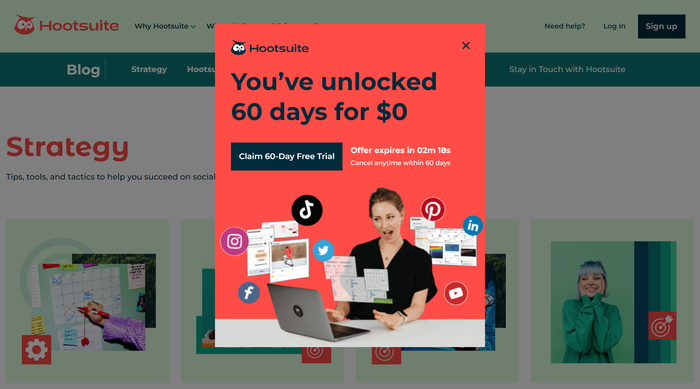
The notion of a limited-time offer immediately grabs the attention of your target audience. It conveys a sense of exclusivity and urgency, encouraging users to explore the offer further.
Wrapping up: 17 lead magnets to grow your email list
Whichever lead magnet you choose to go with, just remember these important tips:
- Tailor your lead magnets to your audience
- Make sure the benefits of your content/ offer are clear
- Write a strong CTA
- Deliver on your promise when prospects subscribe
- Continue to create valuable content in future emails
We also recommend doing a bit of testing to see what works for you. There’s no reason you couldn’t create 2 or 3 leads magnets and using a simple A/B test to identify what option yields the highest conversion rate.




